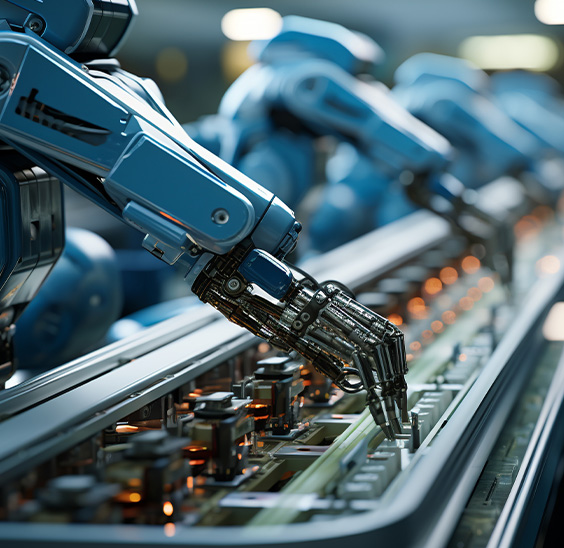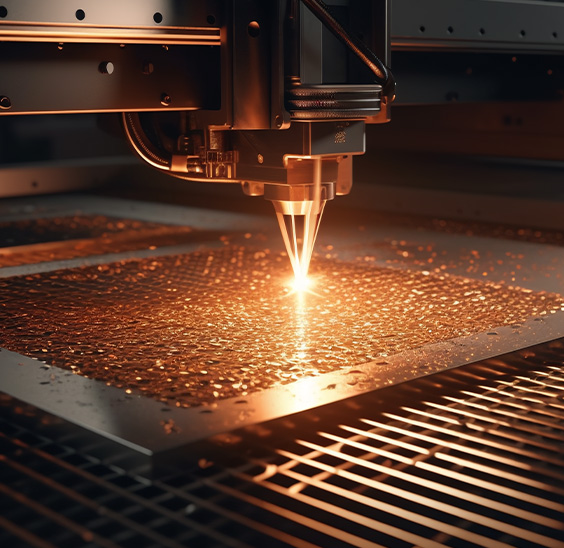Brush DC Gear Motors: The Heartbeat of Modern Machinery
In the field of modern industry and automation, Brush DC Gear Motors (DC brush gear motors) have become an indispensable core component of many mechanical equipment with their high efficiency, reliability and flexibility.
The basic structure of Brush DC Gear Motors includes stator, rotor (armature) and brushes. The stator is the fixed part, while the rotor is connected to the power supply through brushes to achieve rotation. According to the left-hand rule, the current-carrying conductor will be subjected to force in the magnetic field, and the armature will rotate under the force in the magnetic field and slow down through the gear system to output greater torque. Every 180° rotation, the commutator reverses the current direction of the conductor to ensure that the armature always rotates in one direction. This mechanism makes Brush DC Gear Motors perform well in situations where precise control and stable output are required.
Brush DC Gear Motors can be divided into many types according to their design and application. The most common ones are permanent magnet brush DC motor (PMDC), shunt-excited brush DC motor (SHWDC), series-excited brush DC motor (SWDC) and compound-excited brush DC motor (CWDC).
Permanent magnet brush DC motor (PMDC): uses permanent magnets to generate stator magnetic field, the performance curve is linear, the current and torque are linear, and the response speed is fast, but the magnetism of the permanent magnet will gradually decay over time.
Shunt-excited brush DC motor (SHWDC): The excitation coil is connected in parallel with the armature, and the current is independent of each other. It has excellent speed control ability, high reliability, and no magnetic loss problem.
Series-excited brush DC motor (SWDC): The excitation coil is connected in series with the armature, and the current increases with the increase of load. It is suitable for high-torque applications, but the speed control is not as accurate as PMDC and SHWDC.
Compound-excited brush DC motor (CWDC): It combines the characteristics of shunt and series excitation, which can provide large torque and achieve good speed control.
Brush DC Gear Motors are widely used in many fields due to their advantages in many aspects:
High efficiency: Through precise current control and optimized gear design, Brush DC Gear Motors can provide stable and efficient output.
Reliability: The mature manufacturing process and stable performance enable Brush DC Gear Motors to maintain high reliability under long-term operation.
Flexibility: Different types of Brush DC Gear Motors can meet the needs of different application scenarios, from low speed and high torque to high speed and low torque, and suitable solutions can be found.
Easy to maintain: Compared with brushless motors, Brush DC Gear Motors have a relatively simple structure and lower maintenance costs.
In modern applications, Brush DC Gear Motors are widely used in automation equipment, robots, medical equipment, automotive accessories, household appliances and other fields. For example, in medical equipment, the precise control and stable output of Brush DC Gear Motors ensure the precise operation of surgical instruments; in automation equipment, they provide a reliable power source to support the realization of various complex actions.


 EN
EN  English
English 中文简体
中文简体 русский
русский Español
Español


















